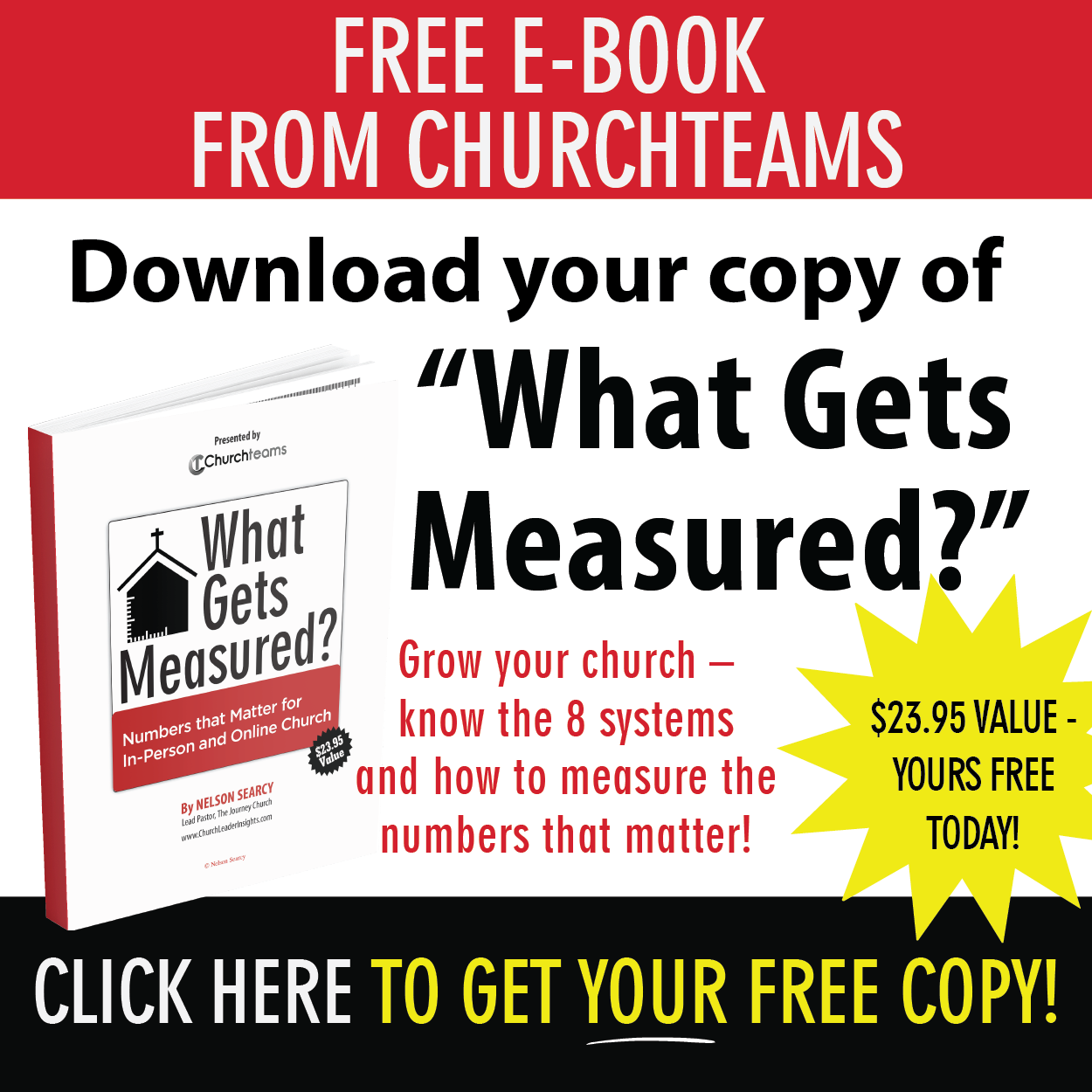 In the last few weeks we've seen some history and stats on texting, how businesses are using texting, and how churches are using texting. In this final installment we are going to provide some best practices for using texting.
In the last few weeks we've seen some history and stats on texting, how businesses are using texting, and how churches are using texting. In this final installment we are going to provide some best practices for using texting.
These may seem pretty basic, but I think if you read beyond the section headers, you will discover some interesting and helpful nuggets that will get you nominated for best church or non-profit use of personal texting.
Keep your texts short. Earlier we saw that SMS (short message service) was designed to optimize communication space between conversations on phone lines. The same concept still applies. Think of texts as short bursts of concise communication. They can be interactive in design like a normal conversation, but they are not intended to be a newsletter. Think one side of a conversation not a sermon or list of announcements.
Use links to expand content. If you have something more extensive to say or write, create and send it as an email. Then use a text to direct people's attention to the email. Email templates in Churchteams now have the option to create a link and save your email as a Content Page. Go to Content Pages to copy and use this link anytime you need to put it in a text. It's perfect for social media posts as well.
You can, of course, use links to any other web page. If you want an easy, familiar way to create a web page you can do that in Churchteams as well. Go to Communicate > Content Pages > Landing Pages. You'll be able to use the email editor with a few advancements like embedded video to create a Churchteams hosted web page. Just copy the resulting link and paste it in your text.
Use questions to engage the chat feature. One of the important secrets to effective email and text marketing is to include a question in the message. The purpose is to prompt the recipient to reply. In business this is an advanced way to qualify a sales lead. In the church environment it provides another touch to care, reach, and/or recruit.
People will intuitively respond right in the text thread. In Churchteams this response comes back into the chat section of the application and a notification is sent so that pastors or staff can respond within a few minutes. Easier than either a phone call or an email. And people like it.
Use QR codes to speed up the texting process. This is a newer idea that takes some getting used to, but is a time-saver. People are used to shooting a QR code and it opening their browser to take them to a web page or web form.
QR code generators today can create QR codes that open up the local texting app, put in the phone number and a keyword or message. The user has to recognize that their text message app is open and they need to send the text. This may be a little bit of a learning curve, but once learned it speeds up things like Text-to-Check-in or quick access to Connect cards or pre-filled Registration forms because.
As you work with them, you may find more best practices for your specific texting use cases. But, these are pretty universal and will serve you well. If you have other best practices that you use, let me know. I'd love to learn more.



